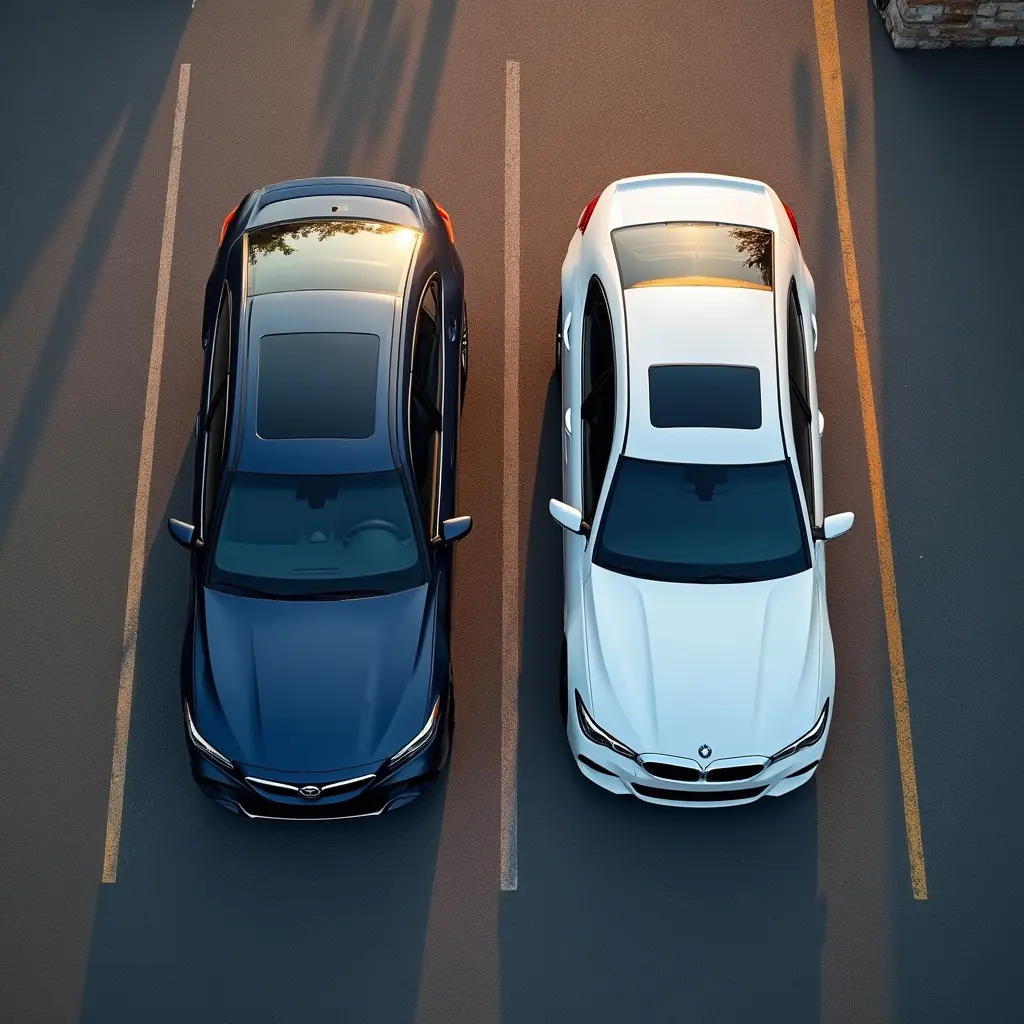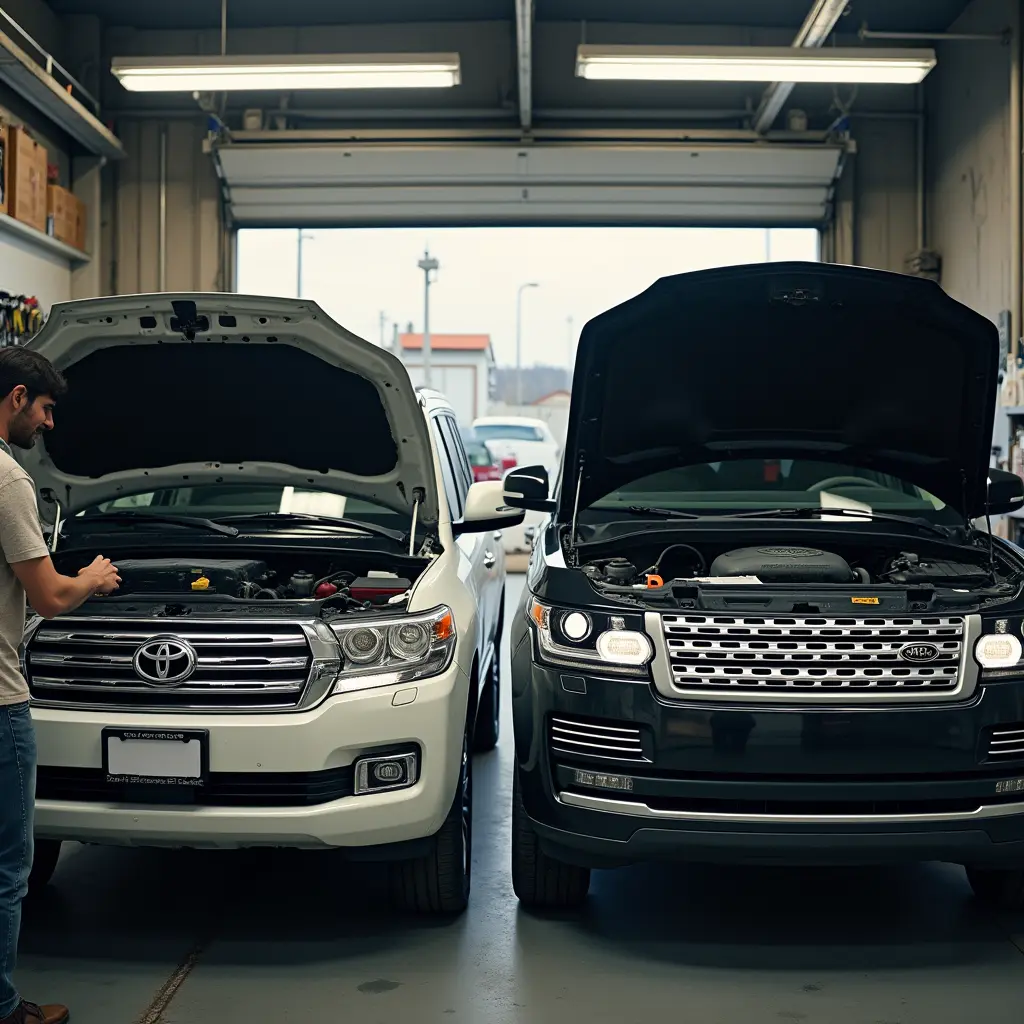What mileage is good for a used car?
When shopping for a used car, mileage is often the first number buyers check – but it’s far from the whole story. The average American drives 12,000-15,000 miles annually according to the Federal Highway Administration, but what really matters is how those miles were accumulated and how well the vehicle was maintained.
This comprehensive guide combines:
- Latest data from NHTSA and iSeeCars studies
- Insights from ASE-certified master mechanics
- Real-world longevity reports from Consumer Reports
- Market pricing trends from Kelley Blue Book
We’ll answer critical questions like:
✔ What mileage is considered “too high” for different vehicle types?
✔ When is low mileage actually a red flag?
✔ How to spot a high-mileage gem vs. a money pit
✔ The real cost of owning a 100,000+ mile car
Table of Contents
Mileage Benchmarks – What the Numbers Really Mean
The 12,000 Mile Per Year Standard (And Its Limitations)

While the 12,000-15,000 mile/year average provides a baseline, these factors dramatically alter the equation:
1. Highway vs. City Miles
- Highway driving: Causes 30-50% less wear (consistent speeds, optimal engine temps)
- City driving: Accelerates wear through constant stop-and-go (2-3x more brake/transmission stress)
2. Climate Impact
- Northern states: Road salt causes corrosion issues after 80,000+ miles
- Southern states: Heat degrades rubber/plastic components faster
3. Maintenance History Trumps Mileage
A 200,000-mile Toyota with complete dealer records often outlasts a 60,000-mile luxury car with spotty maintenance.
Mileage Sweet Spots by Vehicle Category
Economy Cars (Toyota, Honda, Hyundai)
- Prime buying range: 50,000-100,000 miles
- Red flags:
- CVT transmissions over 80,000 miles without fluid changes
- Timing belt not replaced by 90,000 miles (interference engines)
Top Picks:
- Toyota Camry (regularly reaches 250,000+ miles)
- Honda Civic (timing chain models require less maintenance)
Luxury Vehicles (BMW, Mercedes, Audi)
- Prime buying range: 30,000-70,000 miles
- Critical watchpoints:
- German turbo engines often need walnut blasting by 60,000 miles
- Air suspension failures average $2,500+ to repair
Risk/Reward Examples:
- Lexus ES 350 (Japanese reliability)
- BMW 7 Series (expensive post-warranty repairs)

Trucks & SUVs (Ford, Chevy, Toyota)
- Optimal mileage: 60,000-120,000 miles
- Inspection musts:
- Frame rust (especially in Snow Belt states)
- Tow hitch wear patterns
Durability Standouts:
- Toyota Tacoma (holds value at high mileage)
- Ford F-150 EcoBoost (watch for turbo issues)
Electric Vehicles (Tesla, Nissan Leaf)
- Battery health indicators:
- 2% annual capacity loss = concern
- Thermal management system history
Longevity Leaders:
- Tesla Model 3 (8-year battery warranty)
- Chevrolet Bolt (affordable battery replacement)
The Hidden Risks of Low-Mileage Used Cars
5 Surprising Low-Mileage Dangers
- Odometer Fraud
- NHTSA estimates 1 in 10 used cars has mileage discrepancies
- Warning signs: Worn pedals on “low-mileage” cars
- Garage Queen Syndrome
- Cars that sit develop:
- Dry-rotted tires ($600+ to replace)
- Fuel system varnish ($300-500 cleaning)
- Cars that sit develop:
- Short-Trip Engine Damage
- Frequent cold starts without proper warm-up causes:
- Sludge buildup (blocks oil passages)
- Premature piston ring wear
- Frequent cold starts without proper warm-up causes:
- Flood/Salvage Title Tricks
- “Low-mileage deals” may hide water damage
- Always check for “total loss” designations
- Deferred Maintenance
- Age (not miles) deteriorates:
- Rubber hoses/belts
- Suspension bushings
- Seals and gaskets
- Age (not miles) deteriorates:
High-Mileage Heroes vs. Money Pits
Vehicles That Thrive Past 200,000 Miles
✅ Toyota Land Cruiser (25-year lifespan common)
✅ Honda Accord (4-cylinder models)
✅ Ford F-150 (5.0L V8 version)
✅ Lexus LS 430 (Million-mile potential)

Cars to Avoid Near 100,000 Miles
❌ Land Rover Range Rover (air suspension failures)
❌ Nissan Altima (CVT transmission issues)
❌ Chrysler 300 (electrical gremlins)
❌ Mini Cooper (timing chain problems)
Pro Tip:
“A 150,000-mile Camry with 15 oil change receipts is gold. A 60,000-mile European luxury car without records is gambling.”
– Scotty Kilmer, Master Mechanic
The Ultimate Pre-Purchase Inspection Checklist
Mechanical Must-Checks
- Cold start test – Listen for knocking/ticking
- Transmission fluid – Should be pink, not brown
- Undercarriage – Probe for rust with screwdriver
- Suspension test – Push down on each corner (should rebound once)
Paperwork Verification
- Maintenance records (especially timing belt/water pump)
- Accident history (Carfax/AutoCheck)
- Recall completion reports
Diagnostic Tools
- OBD2 scanner (check for pending codes)
- Battery health tester (critical for hybrids/EVs)
- Compression tester (for high-mileage engines)
Section 6: Pricing Guide – How Mileage Affects Value
| Mileage Range | Price Adjustment | Example (2020 Toyota RAV4) |
|---|---|---|
| <30,000 miles | +10-15% premium | $26,500 |
| 30,000-60,000 | Market value | $24,000 |
| 60,000-100,000 | 5-10% discount | $22,000 |
| 100,000+ | 15-25% discount | $18,500 |
Regional Variations:
- Rust Belt: Additional 5-8% depreciation
- Desert States: Watch for interior/plastic damage
Final Verdict: Should You Buy a High-Mileage Car?
Yes, if:
✔ It’s a reliable brand with proven longevity
✔ Complete maintenance records exist
✔ You budget 10% of purchase price for repairs
No, if:
❌ It’s a complex luxury vehicle
❌ Service history is incomplete
❌ You can’t afford unexpected repairs
Have a high-mileage success story? Share your make/model below! 🚗💨
FAQ:
Q: What Mileage Is Good for a Used Car?
A: The ideal mileage depends on the vehicle type:
- Economy cars (Toyota, Honda): 50,000-100,000 miles
- Luxury vehicles: 30,000-70,000 miles
- Trucks/SUVs: 60,000-120,000 miles
A well-maintained car at these mileages typically offers the best value.
Q: Is 100,000 miles too much for a used car?
A: Not necessarily. Many Toyota and Honda models regularly exceed 200,000 miles with proper care. However, for most European luxury cars, 100,000 miles often marks the beginning of expensive repairs.
Q: How many miles per year is normal?
A: The U.S. average is 12,000-15,000 miles annually. Calculate whether a car’s mileage aligns with its age:
(Current Year – Model Year) x 12,000 = Expected Mileage
Q: Should I buy a low-mileage older car or a newer high-mileage car?
A: Newer high-mileage is often better because:
- Modern engines last longer
- Rubber components deteriorate with age, not just miles
- Safety tech improves yearly
Q: What’s worse – high mileage or no service records?
A: No service records are far riskier. A 150,000-mile car with complete maintenance history is safer than a 60,000-mile car with unknown care.
Q: Which cars last the longest mileage?
A: Top performers include:
- Toyota Land Cruiser (often 300,000+ miles)
- Honda Accord (250,000+ miles common)
- Ford F-150 (5.0L V8 version)
Q: How much should price drop per 10,000 miles?
A: Expect these reductions:
Luxury cars: 1,500−1,500−2,500 per 10K miles
Economy cars: 800−800−1,200 per 10K miles
You need to read these articles:

Pingback: Symptoms of a Bad Oxygen Sensor: Warning Signs & Solutions
Pingback: 10 Best Car Brands in Germany: Expert's Verdict
Pingback: Secret Advantage: Why Nissan Altima 2024 is a Genius Move
Pingback: Best Used Toyota Tundra Years & Prices Explained(2025 guide)